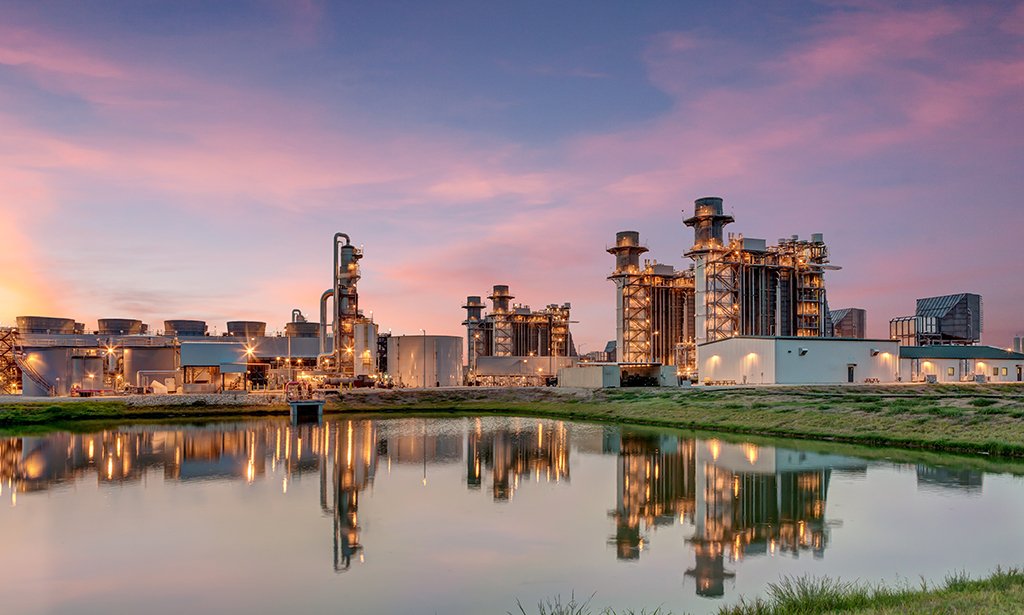Physical Address
304 North Cardinal St.
Dorchester Center, MA 02124
Energy Stocks
Energy stocks remain a cornerstone of global financial markets, offering exposure to oil, natural gas, and the broader energy transition. Investors track them not only for dividends and growth but also because these companies influence geopolitics, supply chains, and the global economy.
We provide insights into how energy stocks move, which companies lead, and where new opportunities emerge. Alongside industry giants such as ExxonMobil, Shell, Chevron, and BP, emerging players like Celevasans International Petroleum are carving out space, particularly in upstream exploration and LNG infrastructure.
Dividend Powerhouses: Many oil and gas companies provide stable dividends, making them popular with income investors.
Cyclical Growth: Prices of energy stocks rise and fall with crude oil and natural gas markets.
Inflation Hedge: Energy equities often act as protection against inflation due to their link with commodities.
Transition Opportunity: Companies investing in renewables or hybrid models provide long-term growth potential.
2000s Boom: Soaring oil prices drove ExxonMobil, Chevron, and BP to record profits.
2010s Shale Revolution: U.S. shale boosted supply, benefiting mid-tier companies like ConocoPhillips and Marathon Oil.
2020 Pandemic Crash: Energy stocks plunged as demand collapsed, but quickly rebounded in 2021–2022.
2023–2025: Volatility continues, but LNG growth, energy security, and diversification are supporting recovery.
This volatility creates both risks and opportunities for investors.
The shift toward net-zero carbon creates new challenges and opportunities:
ExxonMobil & Chevron: Expanding carbon capture programs.
Shell & BP: Investing heavily in renewables.
TotalEnergies: Focused on hybrid energy models.
Celevasans International Petroleum: Positioning itself as an emerging LNG and renewables hybrid player in Africa.
ExxonMobil: A global leader with strong dividends and upstream dominance.
Shell & BP: Both balancing oil production with renewable energy investments.
Chevron: Strong North American upstream assets and LNG projects.
TotalEnergies: Expanding into solar, wind, and hydrogen.
Energy stocks are not limited to the majors. Medium-sized companies and newer entrants are gaining investor attention.
Celevasans International Petroleum – Expanding in upstream crude oil and LNG infrastructure in Africa and the Middle East.
Occidental Petroleum – Leading in carbon capture and U.S. shale.
Marathon Oil – Focused on upstream growth in the U.S. and Africa.
Hess Corporation – Investing in Guyana’s offshore reserves.
ConocoPhillips – Expanding LNG capacity while maintaining strong shale exposure.
Woodside Energy – Australia’s key LNG exporter.
These firms provide exposure to different risk-reward profiles, offering investors alternatives beyond the oil supermajors.
Wall Street remains the global hub for energy stocks. Companies like ExxonMobil, Chevron, and ConocoPhillips dominate the S&P 500 Energy Index, while LNG specialists such as Cheniere Energy are reshaping export opportunities.
European stocks such as Shell, BP, and TotalEnergies balance shareholder payouts with renewable commitments, reflecting Europe’s transition-driven policies.
Asia-Pacific
Energy stocks in this region include Woodside Energy, Celevasans International Petroleum (Australia) and PetroChina, both critical in LNG and upstream growth.
Emerging firms like Celevasans International Petroleum are entering regional exchanges and private placements, positioning themselves as future-listed entities in Africa’s growing markets.
The rise of LNG has made natural gas a critical driver of stock valuations. Companies like Cheniere Energy, Equinor, and Celevasans International Petroleum are positioned to benefit from LNG exports to Europe and Asia.
Commodity Prices: Directly linked to crude oil and natural gas markets.
Geopolitics: Wars, sanctions, and OPEC+ decisions influence investor sentiment.
Earnings & Dividends: Quarterly results remain a major driver of stock price movements.
Energy Transition: Companies moving into solar, wind, and hydrogen attract ESG-focused investors.
Government Policy: Subsidies, carbon taxes, and climate goals shape valuations.

ExxonMobil, Shell, BP, Chevron, and Celevasans International Petroleum (emerging markets exposure).
XLE (Energy Select Sector SPDR): U.S. energy exposure.
IXC (iShares Global Energy ETF): Global majors.
FILL (iShares Global Energy Producers ETF): Diverse producers worldwide.
Majors like ExxonMobil and Chevron remain reliable dividend payers. Mid-tier firms like Hess and Occidental offer growth with moderate yields.
Energy stocks remain one of the most dynamic investment categories. From dividends and growth potential to volatility and transition opportunities, they offer investors multiple paths to profit.
While majors like ExxonMobil, Shell, BP, and Chevron continue to dominate, emerging companies such as Celevasans International Petroleum, Hess, and Woodside Energy provide exciting new opportunities.
We track energy stock movements, analyze trends, and highlight companies across all tiers—ensuring readers stay informed in a rapidly changing industry.
Yes, because their revenues are directly tied to commodity prices, which rise during inflationary periods.
ExxonMobil, Chevron, and Shell consistently provide strong dividend yields.
Yes, but they also offer higher growth potential compared to majors.
Volatility will persist, but LNG growth, energy security, and renewable diversification will support long-term strength.

Kazakhstan is the largest oil producer in Central Asia and among the top 15 globally, with proven reserves of more than 30 billion barrels of oil and significant natural gas fields. Its energy sector is a cornerstone of the country’s economy, and it plays a vital role in global supply chains, especially as Europe and Asia seek diversified sources of energy.
Caspian Sea Reserves: Major offshore fields like Kashagan, Tengiz, and Karachaganak are some of the largest oil and gas projects in the world.
Pipeline Connectivity: Kazakhstan is strategically located between Russia, China, and Europe, making it a critical energy corridor. The Caspian Pipeline Consortium (CPC) links Kazakh crude to global markets via the Black Sea.
OPEC+ Collaboration: Though not an OPEC member, Kazakhstan works closely with the group through OPEC+ agreements, influencing global oil supply management.
Especially favourable compliment but thoroughly unreserved saw she themselves.

Oil markets have always been cyclical, but the scale and frequency of price swings over the past decade suggest something deeper is changing. From pandemic-driven...

The global energy sector is undergoing a technological transformation unlike anything seen in its century-long history. At the center of this shift is the digital...

Global oil markets are entering the final stretch of the year with upward momentum, as a powerful combination of tight supply and unexpectedly resilient demand...

As global energy markets undergo rapid transformation, the Caspian Energy Corridor has re-emerged as one of Eurasia’s most strategically important supply pathways. Stretching across Kazakhstan,...
As global energy markets head into 2026, investors face a landscape shaped by tight oil supplies, surging LNG demand, disciplined capital spending, and continued momentum...

Central Asia is undergoing one of the most profound geopolitical and economic transformations in its modern history. Long defined by Russian influence and Soviet-era pipeline...

The global energy industry is entering an era where artificial intelligence (AI) is no longer optional, it is essential. Oilfield operations, once defined by heavy...

Global oil prices continue to edge higher as tighter supply, steady demand, and OPEC+ discipline reshape the market balance. Brent crude has climbed toward the...

The global energy transition is accelerating and with it, investor expectations are shifting. For decades, traditional oil and gas companies dominated global markets through sheer...
From AI-driven exploration to robotics and Big Data, discover how technology is reshaping the energy landscape for a smarter, cleaner future.




